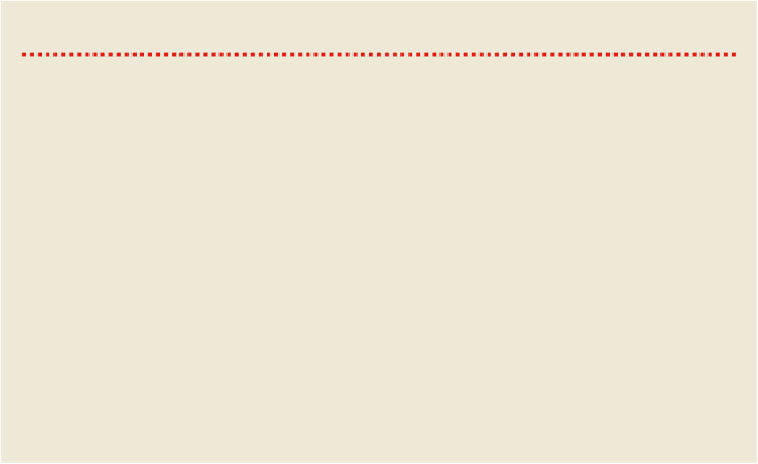Travel Reference
In-Depth Information
MONKEY BUSINESS IN MONDULKIRI
A recent Wildlife Conservation Society (
Click here
) study estimated populations of 30,500 black-
shanked doucs in Seima and 2600 yellow-cheeked crested gibbons - the world's largest concentration
of both species. You can trek into the wild and possibly spot these primates, along with other wild
beasts, thanks to an exciting new project supported by the WCS in the Bunong village of Andong Kra-
loeng, which lies on the highway just 20km southwest of Sen Monorom. The project site is just a few
kilometres north of the highway, so access is relatively easy.
This scheme provides local villagers with an incentive to conserve the endangered primates and
their habitat through providing sustainable income. Day treks and overnight trips wind their way
through mixed evergreen forest and waterfalls with an excellent chance of spotting the doucs along
the way (the gibbons were still being habituated at the time of research). Many other species are
present in this area, including abundant bird life, with the world's largest diversity of woodpeckers,
the spectacular giant hornbill and resplendent green peafowl. The area is also rich with waterfalls.
Registered guides accompany visitors together with local Bunong guides to identify the trails. A
$10 conservation contribution is included in the cost of the trip, which supports community develop-
ment projects. Sample prices: about $50 per person for a one-day tour, or US$100 for an overnight
tour, including all guides, equipment for overnight stays in hammocks, and food. Plans call for build-
ing a community guesthouse near the project site in the style of a traditional Bunong house. For in-
formation and booking contact Green House (
Click here
) in Sen Monorom.
TOP OF CHAPTER
Seima Protected
Forest
The 3000-sq-km Seima Protected Forest may host the country's greatest treasure trove of
mammalian wildlife. Besides unprecedented numbers of black-shanked doucs and yellow-
cheeked crested gibbons, an estimated 150 wild elephants - accounting for more than half
of the total population in Cambodia - roam the park, along with bears and seven species
of cat. The bird life is also impressive, and the jungle, which is lusher and denser than the
dry forest in eastern Mondulkiri, has been relatively well preserved.
WCS supports the government's Forestry Administration to manage the forest, and
there are a range of ecotourism enterprises in development, including douc- and gibbon-
spotting in Andong Kraloeng. WCS' partner and birdwatching specialist
Sam Veasna Center
( 063-963710;
www.samveasna.org
)
runs birdwatching trips in Seima not far from Kao
Seima for around US$100 per person per day, including highly trained guides, plus a flat
US$30-per-person conservation fee. Guests usually opt to sleep in Sen Monorom.



